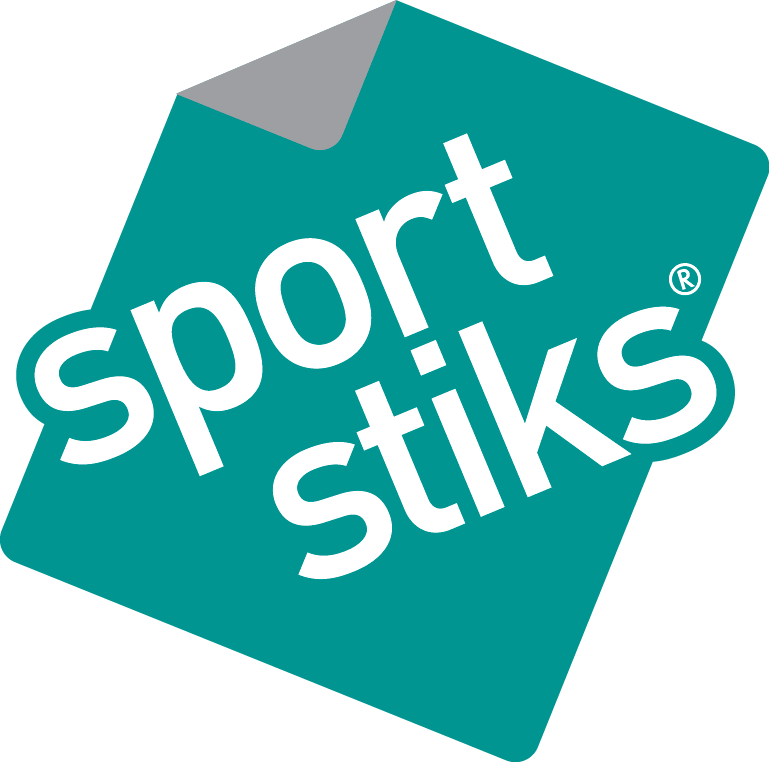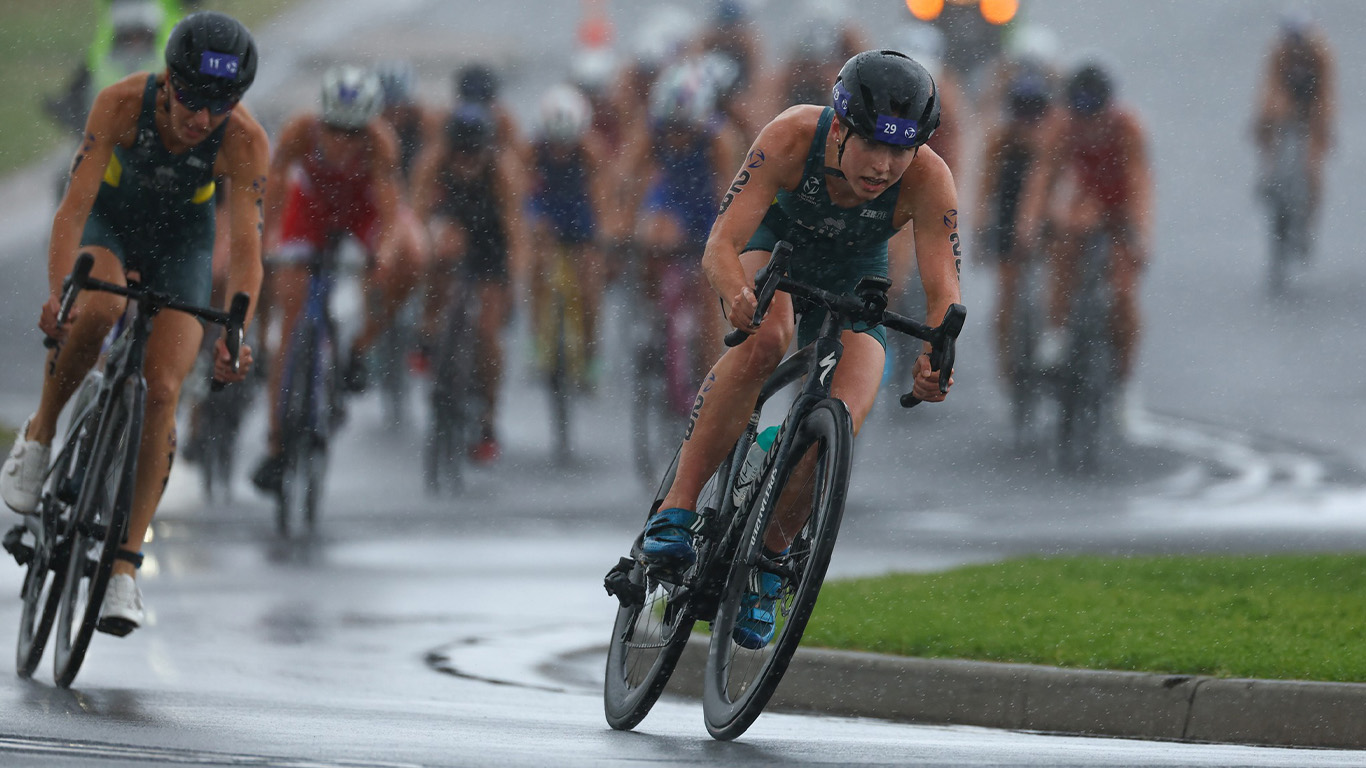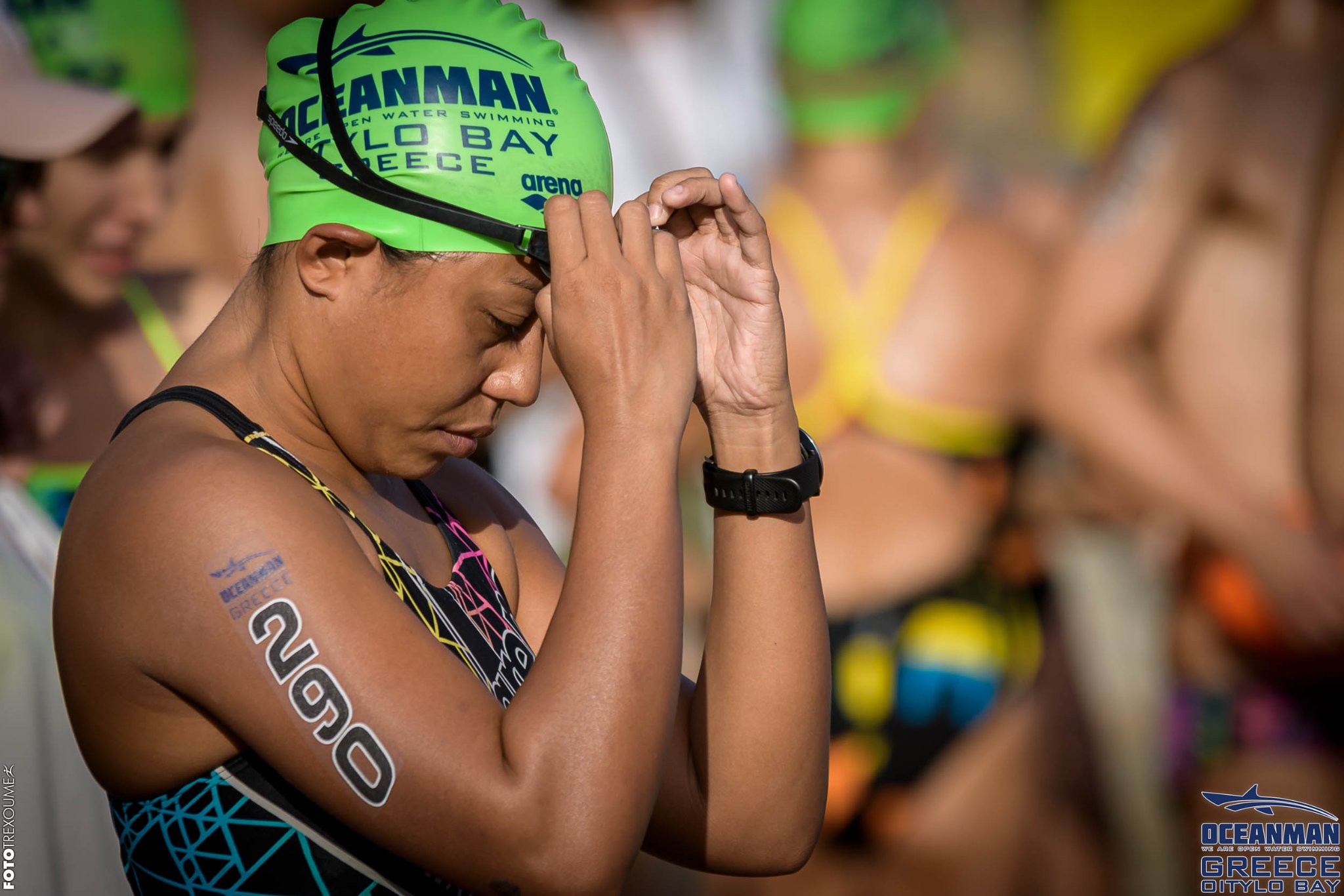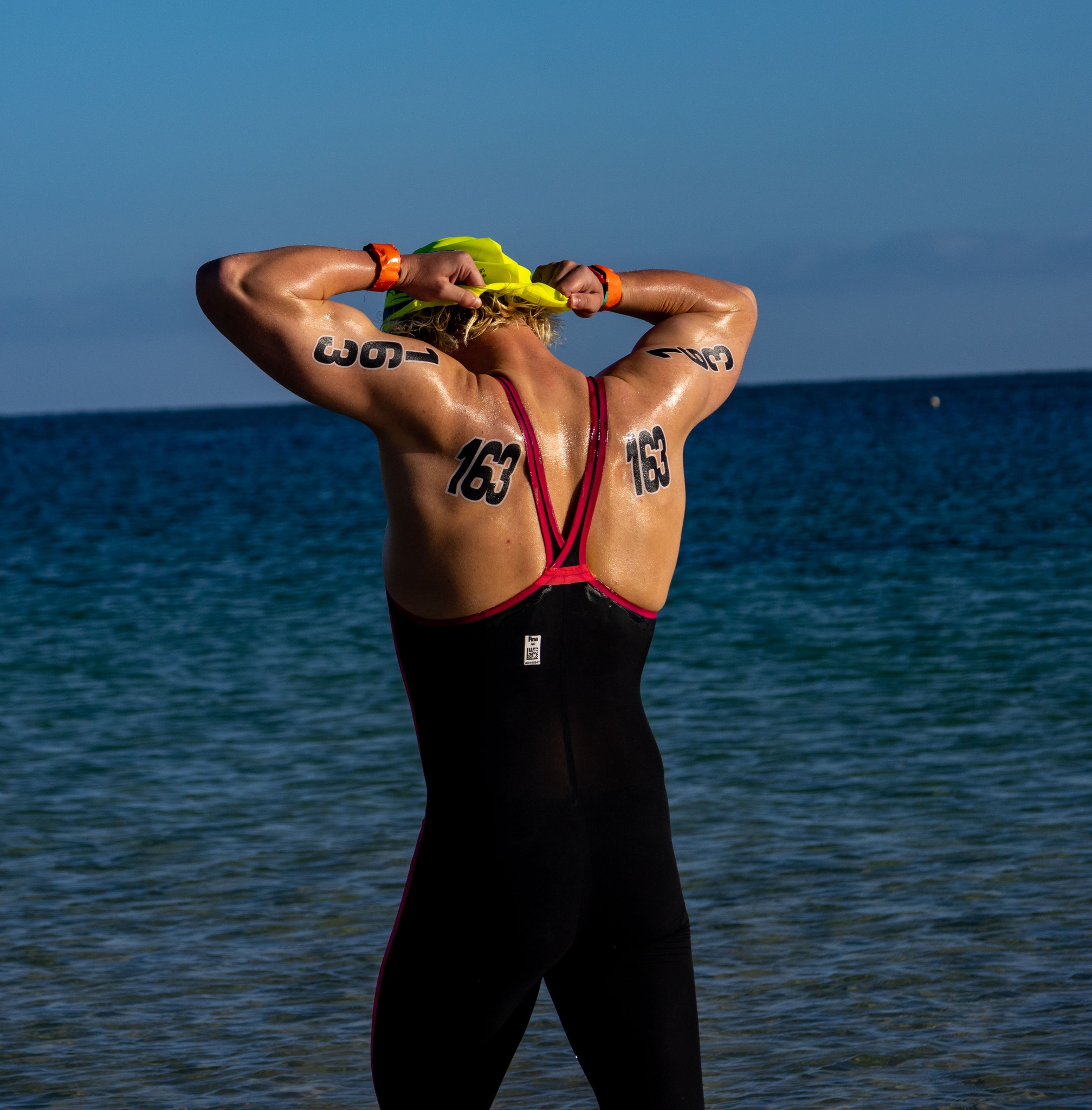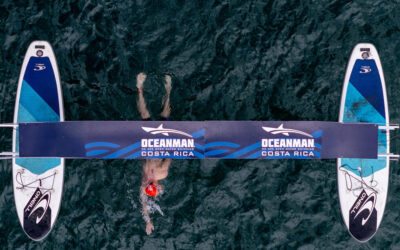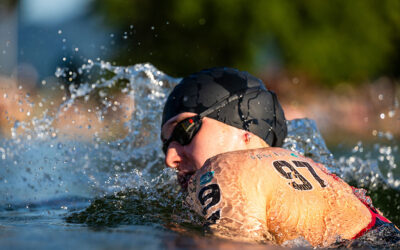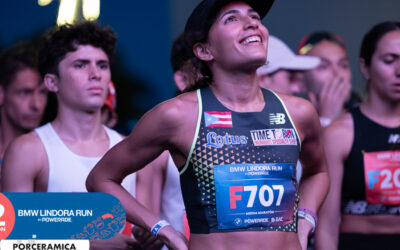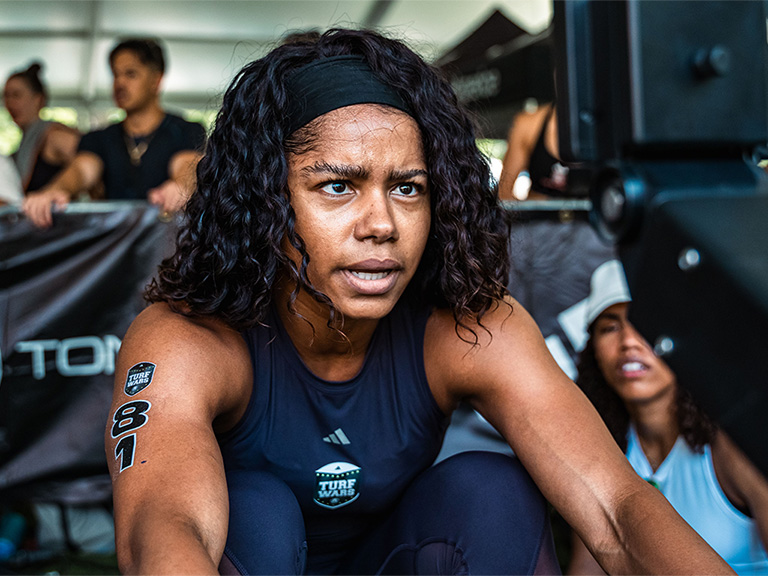Choosing the Right Distance for Triathlon
If you are thinking about organising a triathlon, you might be stuck on where to start. It can be quite a daunting experience, but choosing the right distance is a great starting point. When athletes are deciding which triathlon to participate in, their first thought is usually, “What distance triathlon should I do?” As a race director, one of your primary tasks is to select the appropriate distance for your event. This decision can make or break the success of your race. This post explores different triathlon distances, their popularity, and how to attract a diverse group of athletes.
What are the Triathlon Distances?
- Super Sprint Triathlon: 400m swim, 10km bike, 2.5km run. This is the shortest and least demanding triathlon distance, making it ideal for beginners or younger athletes.
- Sprint Triathlon: 750m swim, 20km bike, followed by a 5km run. This is the most popular type of triathlon and a great introduction to the sport. It is often chosen by beginners looking to experience the thrill of a triathlon without the extended distance.
- Olympic Triathlon: 1.5km swim, 40km bike, 10km run. Also known as the standard distance, it attracts serious amateur athletes and serves as a stepping stone to longer distances.
- Long-distance Triathlon: More commonly known as Ironman 70.3, this distance consists of a 1.9km swim, 90km bike, and 21.1km run. This event length appeals to experienced triathletes looking for a significant challenge.
- Full-distance Triathlon: 3.8km swim, 180km bike, 42.2km run. This is the ultimate challenge in triathlon and is an Ironman distance. It is often seen as the pinnacle of endurance racing, ending with a full marathon!
What is the average finishing time for triathlon?
- Super Sprint Triathlon: 1:02:36
- Sprint Triathlon: 1:35:13
- Olympic Triathlon: 3:09:38
- Long-distance Triathlon: 6:04:49
- Full-distance Triathlon: 13:01:13
Each distance attracts a different type of athlete, from beginners to seasoned professionals. Knowing your target audience is crucial for choosing your distance. Ask yourself:
- Who are the participants?
- What are their goals?
For example, beginners might prefer super sprint or sprint distances, while experienced athletes might be more interested in Olympic or long-distance triathlons.
Popularity and Participation
The great thing about organising a triathlon is that if you are unsure about what distance to choose, you aren’t limited to just one. Offering multiple triathlon distances is a great way to attract a wide spectrum of athletes, creating an event that feels welcoming and inclusive, encouraging higher attendance and participation across all levels.
- Sprint triathlons are the most popular, attracting the largest number of participants due to their accessibility. They draw in a mix of beginners and experienced athletes who are looking for a quick, intense race.
- Olympic triathlons attract a committed group of athletes who have trained specifically for this distance. These participants are often repeat competitors, showing a loyal participant base.
- Longer, more challenging distances tend to be fewer in number but are incredibly prestigious. They draw in participants from all over the world, with athletes who invest heavily in their training, enhancing the event’s profile.
Location
Another factor you need to consider is the location. The location of the triathlon can significantly impact the choice of distance.
- Terrain: Flat courses are more suitable for beginners, whereas hilly courses can attract seasoned vets looking for a real challenge.
- Water body: The size and type of water body (lake, river, ocean) can influence the swim’s length and safety.
- Infrastructure: Ensure the location has the necessary infrastructure to support the race, including transition areas, spectator zones, and medical facilities.
Location and distance go hand in hand. Depending on the location, you could run multiple disciplines – e.g. opting for a lap-based route makes this far easier to manage. Choosing the right distance comes down to the suitability of the location, ensuring a safe and enjoyable race for participants.
Consider Logistics and Safety
Safety and logistical considerations are paramount in triathlon planning:
- Traffic Control: Longer distances require more extensive road closures and traffic management.
- Aid Stations: The number and placement of aid stations are crucial, especially for longer distances where participants will need more support.
- Medical Support: Ensure adequate medical coverage for all participants, considering the physical demands of the chosen distance.
Analyse Market Trends and Feedback
Stay informed about trends in the triathlon community and gather feedback from previous events:
- Popular Distances: Research which distances are trending and why. Are more people leaning towards shorter, more accessible races, or is there a growing interest in ultra-endurance events?
- Participant Feedback: Collect and analyse feedback from past participants. What distances do they prefer, and what suggestions do they have for future events?
However, if you are looking at niche markets or specific demographics, your market research will have to be more in-depth, and market trends may not apply to you.
Long-Term Goals for the Event
Design your event to encourage participant progression. Athletes might start with a shorter distance and return to tackle longer distances in future events.
Budget and Sponsorship
Your budget and sponsorship opportunities can also influence your choice of distance:
- Cost Implications: Longer races typically require more resources, including staffing, aid stations, and safety measures. Ensure your budget can support these needs.
- Sponsorship Interest: Align your race distance with potential sponsors’ interests. Some sponsors might prefer high-profile, longer events, while others might focus on community-oriented, shorter races.
- City vs Rural: Urban triathlons may require higher expenses for permits, security, and amenities, but they can attract larger crowds and sponsorship opportunities, potentially offsetting costs. Rural races might have lower logistical expenses and venue fees but could face challenges in attracting participants and sponsors. Balancing these factors can help in setting realistic entry fees and creating a fun event that draws athletes while staying financially viable.
Athlete ID for Triathlons
Effective Athlete ID is crucial for a seamless and successful triathlon event, especially when managing multiple race distances at the same location. At Sportstiks, we offer a comprehensive range of customisable Athlete ID solutions tailored to meet the unique demands of triathlons, ensuring that your event is inclusive, organised, and memorable.
Our products include:
- Temporary Tattoos: Ideal for the swim in particular, these tattoos are durable and water-resistant, ensuring athletes remain identifiable throughout the race. They can be customised with race numbers, logos, and other essential information.
- Race Bibs: Essential for the run segment, our race bibs are fully customisable, allowing for clear and distinct identification. They can also feature sponsor logos, providing additional branding opportunities.
- Tri-Sets: Perfect for the bike, these sets offer a professional look while ensuring each athlete is easily identifiable.
- Wristbands: Available in different colours and designs, these are an excellent option for distinguishing between various heats or events during the day or weekend.
By offering multiple triathlon distances within your event, you can boost participation and create a more inclusive atmosphere. Our customisable Athlete ID solutions make it easy to differentiate between participants across different distances, helping organisers, volunteers, and spectators identify athletes quickly and accurately.
Adding personalised elements like numbers, logos, and sponsor branding into Athlete ID not only adds a personal touch but also enhances brand visibility and offers additional revenue streams for your event.
With Sportstiks’ Athlete ID solutions, you can ensure that every aspect of race day – from organisation to execution – is smooth, efficient, and enjoyable for athletes, volunteers, and organisers alike.
Conclusion
When athletes are choosing which triathlon to do, their first thought and decision is the distance. Then come the other factors such as location, season, affordability, etc. Your target audience is a huge factor you need to consider. You need to determine your target audience before you decide on your distance unless you are opting for an event that has multiple distances. Having multiple triathlon distances available at your event will make it more inclusive, attracting a variety of participants ranging from beginners to pro athletes.
By taking these factors into account, you can create a successful and enjoyable event that meets the needs of your participants and stands out in the competitive world of triathlon racing. Remember, a well-chosen distance can enhance participant experience, ensure safety, and pave the way for your event’s growth and success.
Download a free triathlon checklist below
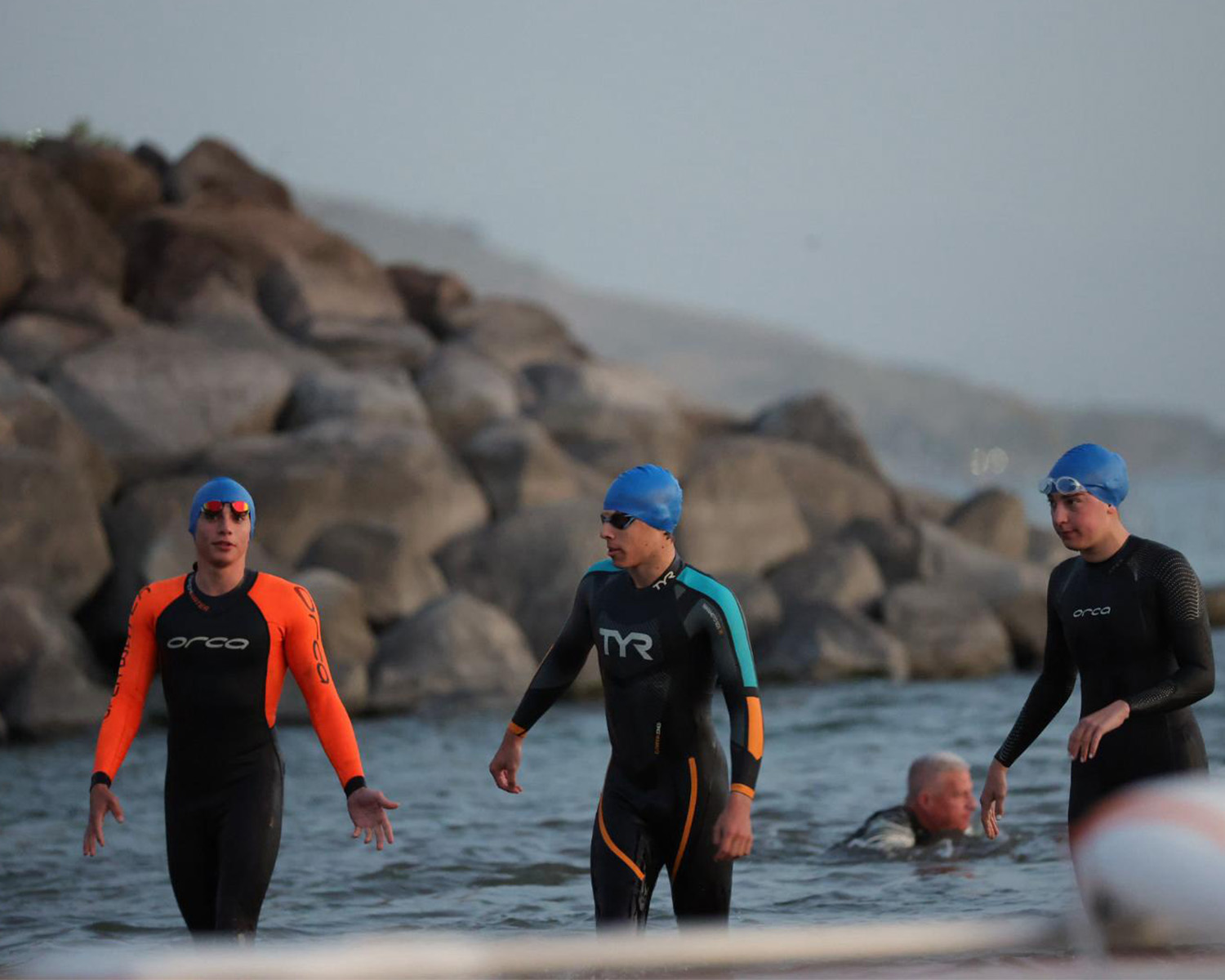
Related Articles
Related
December Customer Events
December Customer EventsAs 2025 came to a close, December delivered a packed calendar of standout endurance and community events across the globe. From large-scale charity runs to elite triathlon finals and open-water swims, it was a month that showcased the power of...
Athlete Spotlight: Renée Gold
Growing into open water - one journey, one family, one quiet beginning Some sporting moments announce themselves loudly. Others arrive quietly and only later do people realise they’ve witnessed the start of something special. Renée Gold’s relationship with open water...
November Customer Events
November Customer EventsNovember was a standout month for global endurance sport, and we were proud to support organisers, volunteers, and athletes across a packed calendar of triathlons and running events. From Asia to the Middle East, Europe to the Americas,...
Products
At Sportstiks we have everything under one roof, giving us total control over the entire process of producing your products and providing a truly impressive race solution.
Our team are constantly researching and developing new innovative materials and techniques to provide race directors, event organisers and athletes with athlete ID solutions that suit their requirements. Give us a call and talk to our guys about your event, what you need and how Sportstiks can make a difference. We offer the full package. From simple race bibs for a local 5km fun run to fully bespoke, collated race packs for international elite athlete events, no event is too large or too small.
